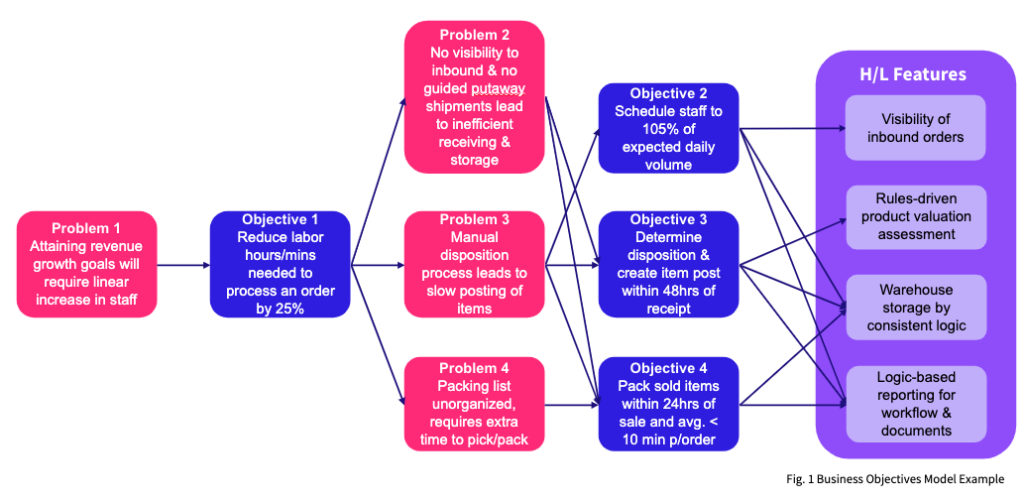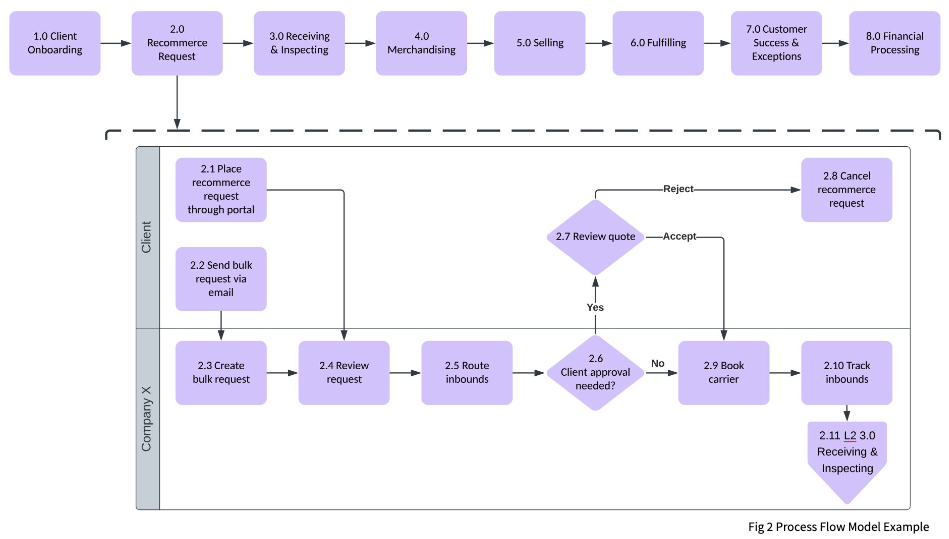Using Visual Models to Prioritize Automation
In a recent study, it was found that while 84% of companies are invested in digital transformations, only a mere 3% have fully realized their goals.1 This statistic underscores the gap between automation endeavors and their successful completion. Companies often approach automation from one of two perspectives – IT-driven, focusing on simplifying data and architecture, or business-driven centered on streamlining business processes. The lack of alignment between these two perspectives, even the lack of consideration of both perspectives, often leads to complexity, technical debt, and projects that fail to meet business needs.
Recent trends show a significant inclination toward Digital Business Process Automation (BPA), a hot topic among many organizations. When embarking on an automation project, an early step for organizations is a deep understanding of the processes that require automation. Yet, the motivation behind these projects often stems from vague concepts of efficiency gains or customer service improvements. This ambiguity is one of the reasons why many automation projects, despite their high aspirations, fail to deliver impactful success.
Pitfalls and Solutions in Automation Projects
The journey of automation is littered with pitfalls that can derail projects. A common mistake is attempting to automate everything simultaneously, which leads to overwhelming complexity and delays. Another issue arises when projects are driven solely by business or technical teams, leading to a lack of holistic perspective. Additionally, there’s often a fixation on replicating current processes rather than adapting to new, more efficient methods that out-of-the-box software brings. The solution lies in aligning stakeholders with the business objectives, modeling all aspects of the solution, and using overarching goals to prioritize the automation needs.
Defining Success in BPA Projects
Success in BPA projects starts with defining what success looks like, which involves modeling business objectives in measurable terms. This approach requires an overlay of metrics on visual models, enabling businesses to prioritize effectively and ensure the success of the project. Challenging the notion that complete automation from the outset is necessary, this method often advocates for slicing business processes into agile iterations, focusing on those that add the most value.
The Role of Visual Models in Automation
The process of using visual models to prioritize automation in business processes is a methodical approach that enhances clarity, communication, and decision-making. Using visual models involves a detailed analysis of existing processes, creating a clear visual representation of these processes, overlaying key metrics to identify automation opportunities, and then strategically prioritizing these opportunities based on impact and feasibility.
Three key models are instrumental in streamlining the automation process in a business. Let’s look at those models in relation to this example scenario:
A recommerce company wants to add automation to their entire end-to-end process so they can scale their operations. The process begins when they receive products that have been returned by their clients’ customers. After taking these products into their warehouse, they inspect them, publish them to an ecommerce site, resell them, and fulfill the new customers’ orders. Behind all of this, they must also report out their transactions and pay their clients whose products they are recommercing.
Business Objectives Model
- Identifying Processes and Challenges:
The Business Objectives Model is helpful to define the core problems and objectives of the business, which facilitates alignment between all stakeholders. This model allows you to map the business processes you want to automate with the overarching goals of the organization. By understanding the core business objectives, it becomes clearer which processes directly contribute to these goals and which ones are facing challenges or creating bottlenecks.
- Prioritizing Based on Impact and Feasibility:
The Business Objectives Model assists in evaluating the potential impact of automating each process. Processes that closely align with key business objectives and have the potential to significantly advance these goals are often prioritized.

Process Flow Model
- Identifying Processes for Automation:
This model visualizes each step in a business process, making it easier to identify missing steps or redundant steps. By laying out the process step-by-step visually, it is easy to ensure steps are not missed. This model is a foundation for later identifying inefficiencies, redundancies, or overly time-consuming steps with our next model (KPI Model).
- Identifying Automation Opportunities:
The visual nature of the Process Flow Model makes it easier to spot repetitive or manual tasks within a process that are ideal candidates for automation.

Key Performance Indicator Model (KPIM)
- Analyzing and Overlaying Metrics:
KPIMs are crucial for measuring the performance of various processes. By overlaying these metrics onto process flows, you can quantitatively assess the efficiency and effectiveness of each process, identifying areas where automation could lead to significant improvements. The metrics you might look at for an entire process flow or a subset of steps include things like time per step, cost, or error rates. Visually showing these on a Process Flow make it far easier for stakeholders to understand the metrics in context of a process.
- Prioritizing Based on Impact and Feasibility:
KPIMs assist in evaluating the potential benefits of automating certain processes over others. Processes that, when improved, have a direct positive impact on important KPIs (like customer satisfaction, speed of delivery, cost reduction) can be prioritized for automation. These choices about prioritization should directly tie back to the Business Objectives Model, which indicates which objectives are key to achieve.

By integrating insights from all three models, organizations can develop a comprehensive understanding of their operational landscape. They can see not only where the problems are (KPIMs overlaid on Process Flow Models) but also understand which problems are most critical to solve in the context of their overall business objectives (Business Objectives Model). Prioritizing automation with visual models leads to a more strategic, data-driven decision-making process, ensuring that resources are allocated to areas that will provide the most significant benefits in line with the company’s goals and capabilities.
1 Gaskell, A. June 8, 2018, Forbes, The Slow Pace of Digital Transformation
Visit Insider’s Guide to Prioritizing Automation for Rapid ROI – Part 2 to learn more about using your visual model insights when deciding the most appropriate prioritization method for your automation deployment.




